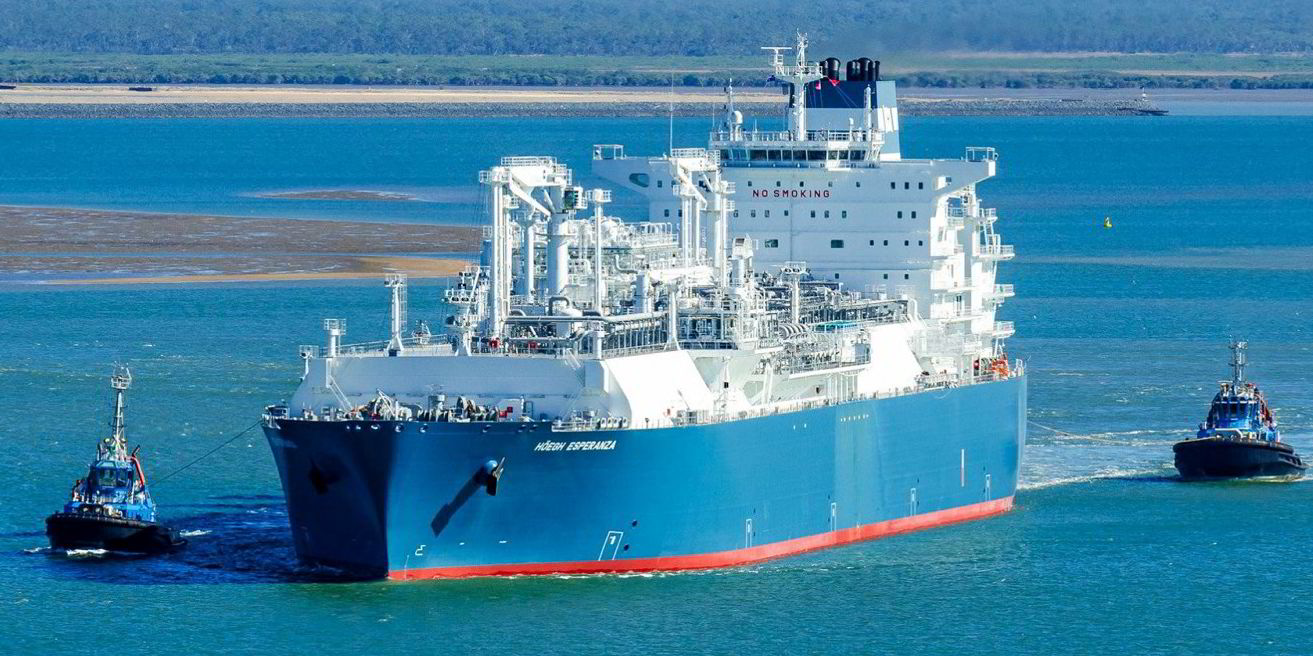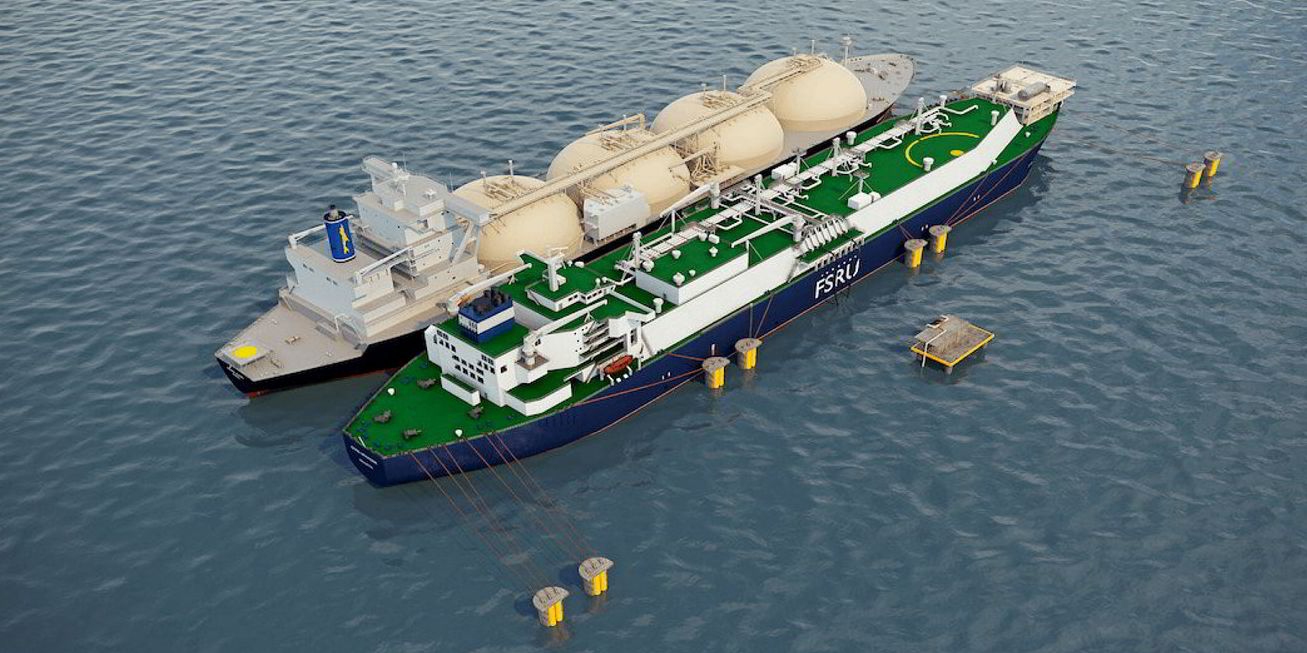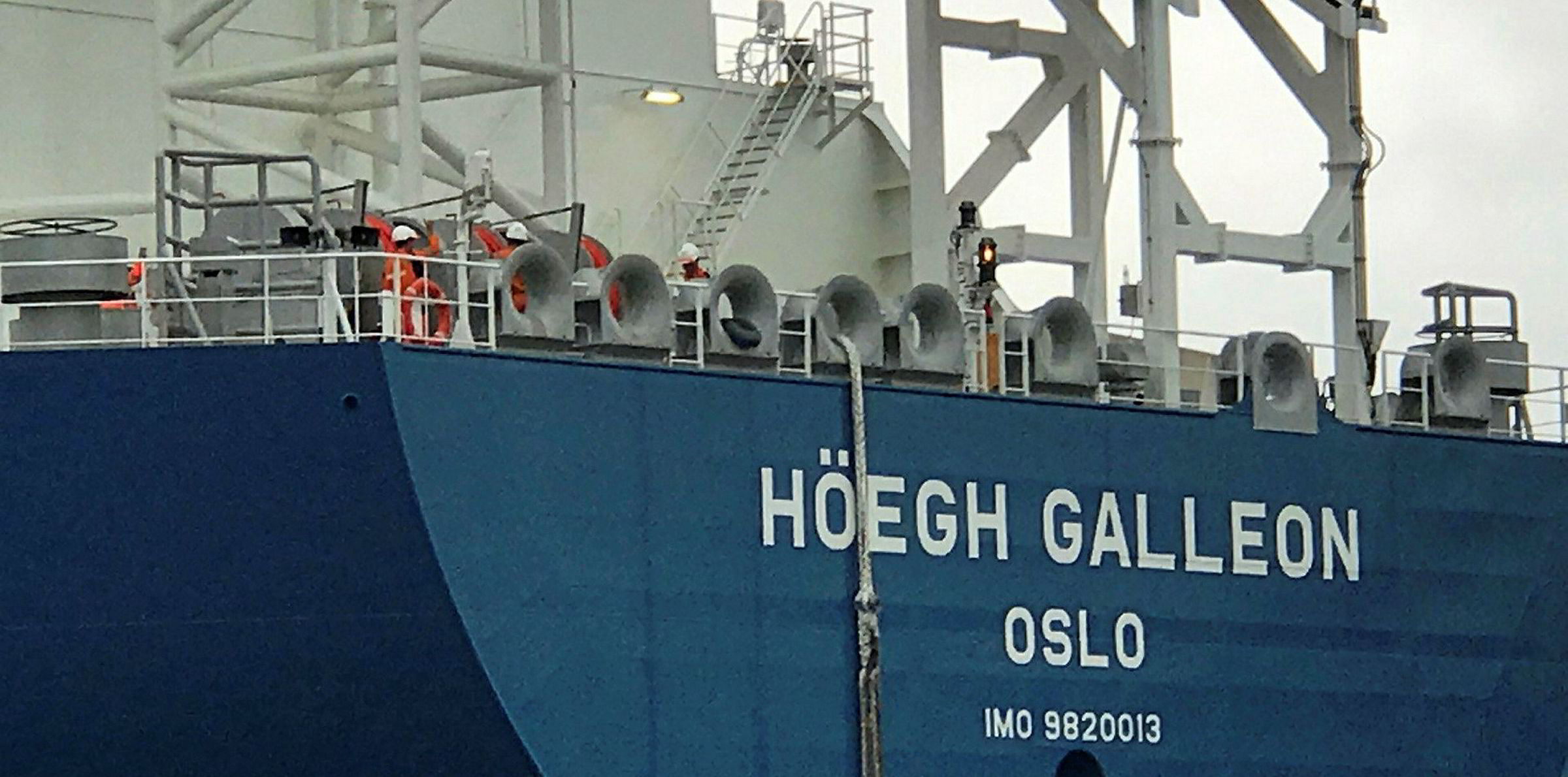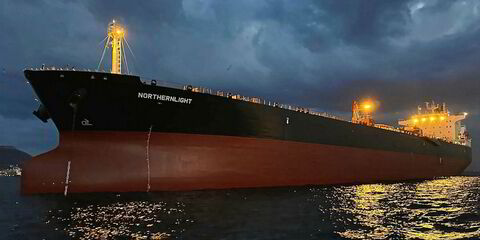AGL Energy has cancelled plans to build an LNG import terminal in the Australian state of Victoria using a floating storage and regasification unit.
The project developer confirmed in a statement that it would cease any further development of the proposed LNG import jetty at Crib Point.
The company’s decision came just over a month after local authorities rejected the plan due to concerns over adverse effects to the environment.
In March, Victoria’s government raised concerns that the import terminal would “damage internationally recognised wetlands”, effectively killing a proposal designed to help fill an expected shortfall in gas supply in south-east Australia from 2024.
The state’s decision was said to have been based on an environment effects statement produced by AGL Energy, around 6,000 public submissions, and a report into the findings of the statement by an independent inquiry and advisory committee.
In December 2018, Hoegh LNG revealed it had been selected to provide an FSRU for the project under a 10-year charter subject to a final investment decision.
The Oslo-listed company, which is currently in the middle of being taken private, has yet to comment on the halting of AGL’s project.
The cancellation of the Crib Point project still leaves another five LNG import terminal projects under development in Australia.
Australian Industrial Energy (AIE), which is backed by domestic mining billionaire Andrew Forrest’s Squadron Energy, is now said to be in the driving seat to start importing LNG into Australia, with an FSRU-type terminal project at Port Kembla in New South Wales.
Other projects include those by Australian power companies Venice Energy and Viva Energy, and South Korean private equity firm EPIK, which is working with Hyundai LNG Shipping.
In March this year, Dutch terminal operator Vopak said it was looking to build an LNG-import facility in Port Phillip Bay in the state of Victoria.
The company hopes to submit a proposal to the state government in the third quarter of this year, with the first imports after 2024.
Australia is the world’s largest exporter of LNG, but domestic gas supplies face a shortfall as output declines from the Bass Strait fields.





